Feeling stressed, disconnected and running on empty? SUP yoga can help. Laying with your fingertips dangling in the water, the warmth of the sun on your skin and the water gently rocking your board promotes deep relaxation. SUP yoga also builds core power, strength and confidence.
Already getting bendy on the regular? No problem. Poses you find easy on land will make you sweat on a board. New to yoga? That’s okay, too—you don’t have to be experienced in yoga or paddleboarding to start. Just bring an adventurous spirit and willingness to learn. Here’s what you need to know before getting on the water.
The right paddleboard for yoga
While some brands manufacture yoga-specific SUPs, the truth is most all-around boards will work fine for practicing yoga. Most SUP yoga classes will offer a rental board included in the price of the class. However, if you’re looking to purchase your own board, look for a SUP in the 33- or 34-inch-width range. Width increases balance, which will help your budding practice, but too much width will affect paddleability. Both hard boards and inflatables are appropriate for yoga. If you’re using an inflatable, just be sure to top it off to its full PSI so it’s super stiff. It’s no fun practicing on—or paddling—a soft board.
When it comes to board features, buyers will want to opt for a full deck pad, so you can use the entire surface of the board for your practice without slipping. Also, choose a design with a leash plug at the nose so you can cast an anchor. This keeps the board steady, especially in wind and gentle current. Be sure your new board has bungee attachments for storing loose items like a water bottle, layers and shoes, as well as a nine- to 10-inch fin, which will further aid stability and keep your board steadier when anchored into the wind or current.
Essential Accessories
Once you’ve selected an appropriate board, it’s time to choose accessories. Most importantly, you’ll need a paddle and a PFD. Always wear a PFD to paddle out to your yoga location. Inflatable belt-pack PFDs tend to be the most comfortable to wear during your practice, just slide the pack to your front or back as needed.
Yogis will also need an anchor to hold the board in place. This will allow you to relax without being blown around by the wind, or moved by gentle currents. I’ve found the best anchors are three- to five-pound mushroom anchors because their round shape won’t scratch your board like grapnel anchors. To put together your anchor, you’ll need 15 to 20 feet of floating line, a small buoy and a carabiner. Clip your anchor into your bungee while you’re paddling. It’s essential to have a small buoy on your anchor so you can see it if you need to detach yourself for some reason.
Another vital piece of safety equipment is the leash, which keeps you attached to your board in case of capsize while paddling. Once anchored, take the leash off your ankle, wrap it tightly around the shaft of your paddle and then place the paddle in the water. This way, you maintain maximum deck space, and your paddle is tethered to your board, so you don’t have to think about it until the end of your practice.
Also carry a water bottle for hydration, as well as sun protection and sunglasses—just put them on a lanyard so you don’t lose them overboard during downward dog.
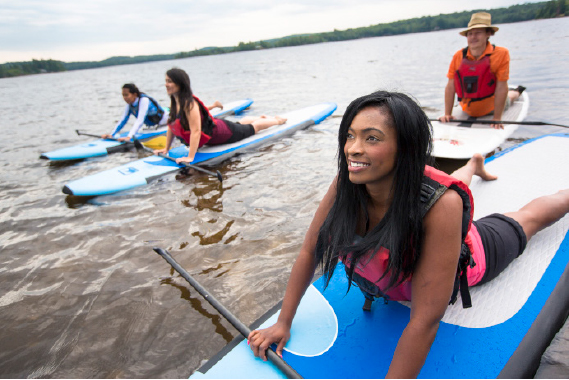
4 Expert Tips for SUP Yoga
Once you have the essential gear, it’s time to get your flow on. These are my top five tips to optimize your floating practice.
1. Set Your Anchor Wisely
Set your anchor in a place free of obstacles and debris in at least four feet of water. Make sure your anchor reaches the bottom of the lake or river. If it’s suspended, you’ll drift. When you float around, you can’t relax as deeply, and if you’re trying to participate in a SUP yoga class without anchors, your class will soon get dispersed by the wind to different corners of the lake.
2. Ditch the Bikini
Contrary to what you might see on social media, SUP yoga in a bikini isn’t comfortable. Your butt will appreciate more coverage and less flossing. Your knees will thank you for wearing swim tights for poses where you’re on all fours. Light layers are beneficial both for sun protection and warmth. I’ve had students not be able to complete a class because they were wearing a bikini, fell in and then started shivering once they were back on their boards due to the breeze. And that was in the middle of the summer. There’s nothing wrong with wearing a bikini if that’s your preference, just know it’s not always the most practical choice. Swim tights, shorts, tankinis and quick-dry shirts are all great options.
3. Check Your Ego
If you don’t practice headstands on land, don’t think you’ll miraculously be able to do it on a board. The board is not a stable surface and your head and neck are important. Don’t let your ego get in the way and mess them up. Start with seated poses or on all fours until you build the balance and confidence to try standing poses.
4. Don’t Lean Back
At least, not while performing side poses like side plank, triangle and side angle stretch. Pay attention to how you shift your weight and what muscles are working extra hard to balance. Practicing on a board is an effective way to bring greater awareness to imbalances in your body alignment. On land, it may be easy for you to lean back in poses like triangle, but if you do that when practicing on a board you’ll end up in the water fast.
5. Take Extra Time
Stress is a factor in the cause of disease and health issues. Taking time to relax is good for your mental and physical health. In my experience practicing and teaching SUP yoga, there is something about floating that makes dropping into relaxation easy. Allow yourself to experience the benefits of letting go for 10 to 15 minutes. If that seems too long for you, then start with five minutes. Cover your face with a shirt or a hat, so you stay comfortable and don’t overheat in the sun.
4 Beginner-Friendly Paddleboarding Yoga Poses
Seated Twist
Sit in a comfortable cross-legged seated position in the middle of your board. Inhale to press sit bones down into the board and extend out the crown of your head. Exhale and twist to the right, placing your left hand on your right knee and your right hand behind you on the board. Exhale, use your hands to help you twist a little deeper. Hold for three to five deep and easy breaths. Release the pose and switch sides.
Table Top

Side Plank Variation
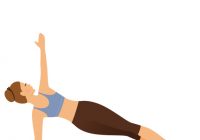
Modified Locust
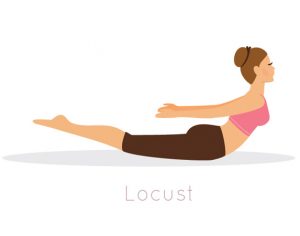
Anna Levesque is the author of Yoga for Paddling and has a passion for creating empowering experiences. To learn more, visit Mindbodypaddle.com.
Get on board with the SUP yoga trend. | Featured Photo: Ontario Tourism



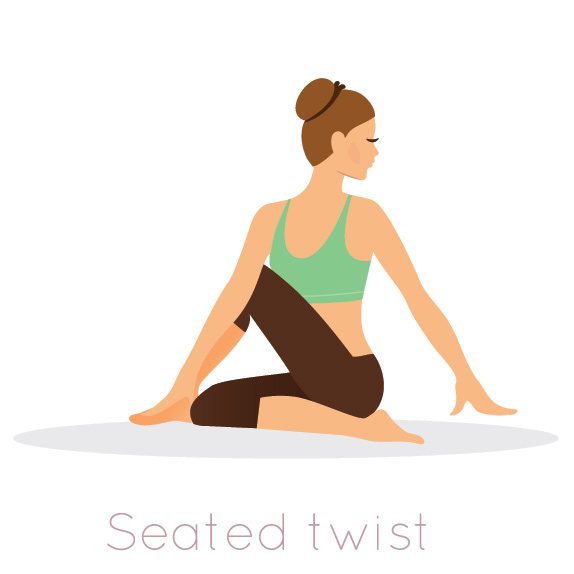
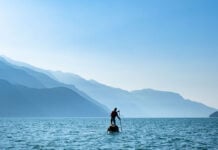
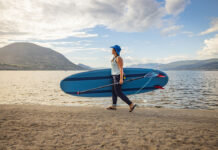
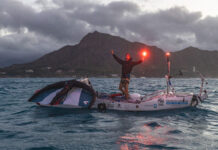
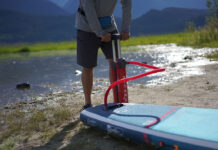
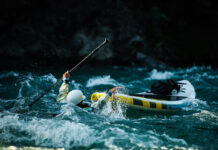

I absolutely adore your paddling magazine. I spent a lot of time with bad anxiety when I was growing up and being out in nature has always been something that helped a lot. I found your website a few years back and I have read many of the articles. They are always extremely well written, researched and well thought out and I just wanted to thank you for that. You have helped me a lot.
Thanks,
Jason
https://paddleboardinsiders.com/